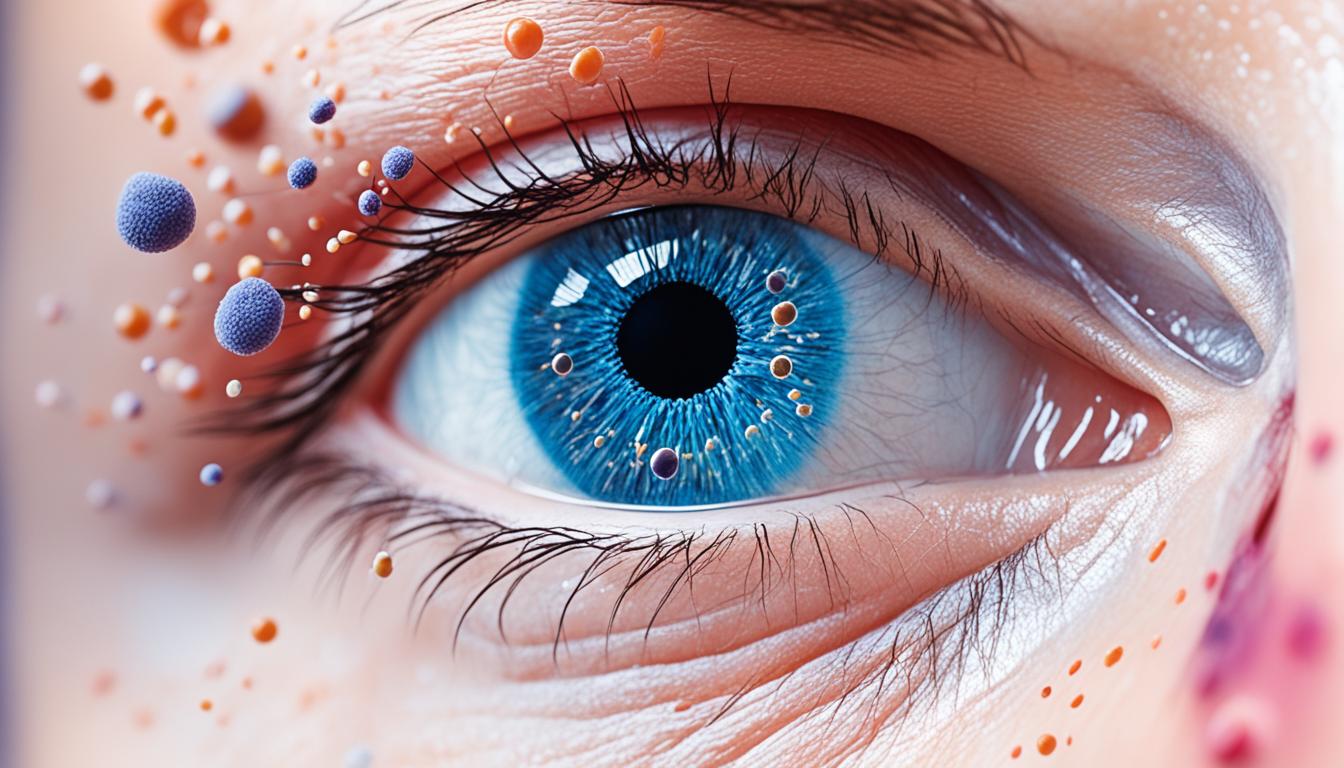Sjogren’s syndrome is a disease where the immune system attacks the body’s moisture-secreting glands. This leads to dry eyes and a dry mouth. It often occurs with rheumatoid arthritis and lupus. Besides dryness, it can cause joint pain, swelling in the glands, rashes, vaginal dryness, a chronic dry cough, and extreme tiredness.
The exact reason behind Sjogren’s syndrome is not yet known. However, it seems both your genes and certain environmental factors like infections play a role. Left untreated, it can cause dental issues, fungal infections, eye problems, and even some cancers as well as damage to nerves.
Managing Sjogren’s syndrome focuses on easing symptoms and making life better for patients. This includes using products like artificial tears and saliva substitutes to handle dryness. Doctors also use drugs to lessen inflammation, suggest lifestyle changes, and provide overall support.
Stem cell therapy is a new and promising treatment for Sjogren’s syndrome. It involves using mesenchymal stem cells. These cells can help to calm down inflammation and might improve symptoms. The treatment includes injecting these stem cells for about two weeks either through an IV or in the abdomen area.
Key Takeaways:
- Sjogren’s syndrome is an autoimmune disease that primarily affects the moisture-secreting glands, resulting in dry eyes and a dry mouth.
- The exact cause of the condition is still unknown, but it is believed to involve a combination of genetic and environmental factors.
- Treatment options for Sjogren’s syndrome focus on symptom management and may include artificial tears, saliva substitutes, medications, lifestyle changes, and supportive care.
- Stem cell therapy, specifically mesenchymal stem cells, is being explored as a potential treatment option for Sjogren’s syndrome, as they have shown promise in reducing inflammation.
- Further research is needed to fully understand the effectiveness and safety of stem cell therapy for Sjogren’s syndrome.
Diagnosis and Treatment of Sjogren’s Syndrome
To diagnose Sjogren’s syndrome, your doctor will review your health history and do a physical exam. They may order blood tests to look for certain markers and proteins linked to the disorder. Other tests might be needed, like imaging scans or biopsies, to confirm the diagnosis.
Managing Sjogren’s focuses on easing symptoms and dealing with issues that could pop up. If you have dry eyes or mouth, the first step is often using artificial tears and saliva substitutes. These can be used as much as you need during the day to make you feel better.
For those with a lot of inflammation, drugs such as corticosteroids or immunosuppressants might be advised. They work by calming down the immune system. This helps to lower inflammation and fight the autoimmune part of the disease.
Lifestyle changes are also key in handling Sjogren’s. Eating well, staying active, and keeping stress in check all help. Good oral health – which includes seeing your dentist regularly – is a must. It helps keep cavities away since having a dry mouth can make your teeth more vulnerable to decay.
Stem cell therapy using mesenchymal stem cells is being explored as a treatment for Sjogren’s. These cells can help soothe the immune system’s activity and lessen overall inflammation. This kind of therapy brings hope for lasting symptom relief and a better life for people with Sjogren’s syndrome.
Treatment Options for Sjogren’s Syndrome:
| Treatment | Description |
|---|---|
| Artificial Tears and Saliva Substitutes | Help alleviate dryness in the eyes and mouth |
| Medications | Corticosteroids and immunosuppressants to reduce inflammation |
| Lifestyle Changes | Proper diet, exercise, stress management, and good oral hygiene |
| Stem Cell Therapy | Potential treatment option to reduce inflammation and improve symptoms |
Working closely with your healthcare provider is crucial to pick the right treatment path. While a cure for Sjogren’s isn’t available yet, proper diagnosis and management alongside research can offer hope. This can lead to a better life for those dealing with this autoimmune condition.
Conclusion
Sjogren’s syndrome is a chronic autoimmune disease. It affects the glands that make moisture in our bodies, leading to dry eyes and mouth. Although the exact cause is not known, it’s thought to be linked to both genes and the environment.
There is no cure for this syndrome yet. But, treatments are available to help with its symptoms and effects. These include things like using artificial tears and saliva, plus certain medications.
Researchers are also looking into using stem cells to treat Sjogren’s. This type of therapy uses mesenchymal stem cells. They show a possible way to lessen inflammation and make symptoms better.
But, we need more studies to figure out if stem cell therapy is safe and works well for this syndrome. It does, however, bring hope for treating this autoimmune disease better. By focusing on reducing inflammation, this therapy could really help people with Sjogren’s live more comfortably.
Scientists are not stopping there. More research into Sjogren’s and stem cell therapy is ongoing. This work aims to give us a better grasp of the disease. It could also open doors to even more effective treatments down the line.

